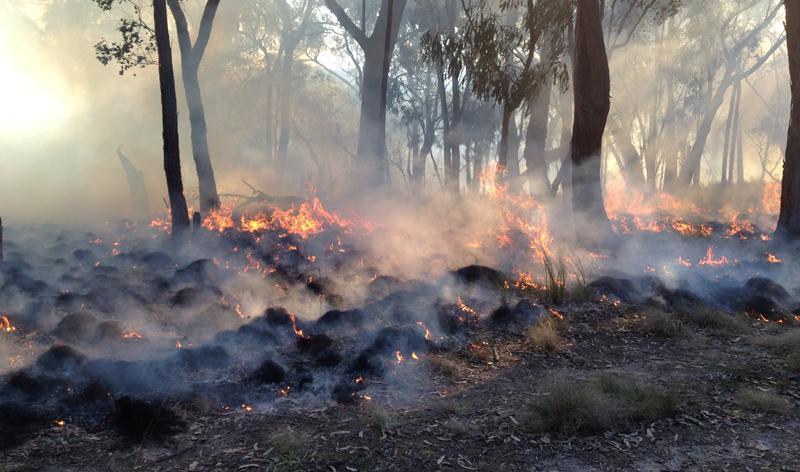
PUBLICATIONS
Published works

Advances in the remote sensing of active fires: a review
| Title | Advances in the remote sensing of active fires: a review |
| Publication Type | Report |
| Year of Publication | 2017 |
| Authors | Jones, S, Reinke, K, Mitchell, S, McConachie, F, Holland, C |
| Document Number | 336 |
| Date Published | 10/2017 |
| Institution | Bushfire and Natural Hazards CRC |
| City | Melbourne |
| Report Number | 336 |
| Abstract | The increasing risk of wildfire resulting from climate change has demanded an increase in information to support mitigation, response and recovery activities by fire management agencies. Subsequently, there is a need for an ongoing review of currently available and on-the-horizon information and technology. Fire has important national significance as Australia faces ongoing environmental issues including loss of biodiversity, increasing urbanisation into bushland environments and increasing risks of wildfire. Fire regimes are an integral part of the ecosystem processes of Australian forests and a prominent disturbance factor. It affects successional rates of ecosystems, species diversity, can increase habitat fragmentation and alter landscape functioning. At the same time, fire is an important tool in management for ecosystem health and is frequently used for fuel hazard reduction. Remote sensing data can assist fire management at three stages relative to fire occurrence including (i) Before the fire (fuel hazard measures, time since last burn) to assist fire prevention or minimisation activities, (ii) During the fire (near real-time detection and location of active fire areas and (iii) After the fire (mapping and assessment of burned areas). Active fires can be detected using satellite data because fire fronts are very hot compared to the background landscape temperature, and emit large amounts of energy that can be potentially be observed by thermal sensors on board satellites or aeroplanes. This report focuses on passive satellite (or space-borne) sensing systems and is designed to provide the theory of active fire detection, and place experimental systems in the context of this theory. It examines previous sensing systems, their limitations and current information usage by fire management agencies. Whilst experimental satellite programs do not guarantee prolonged availability of data, it is important to understand and review capabilities to future proof our domestic fire management agencies to be ready for new data sources and information suites. |
Published Works


